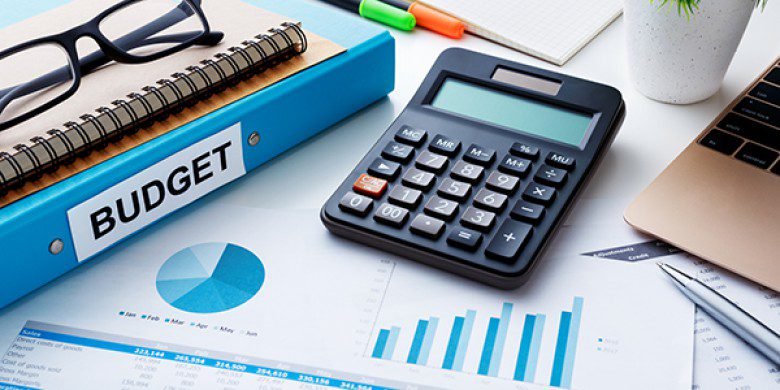Last updated on February 25th, 2021 at 12:40 pm
Financial modeling can be best learned through practice. If you are just starting to learn financial modeling, reading up on the different financial models will help you clear the fundamentals. Microsoft Excel is one of the most-used programs which are used for financial modeling.
The following books are helpful to clear the basics of financial modeling and planning, and also discusses how to analyze data sets. They also show how Excel can be used for the same models.
Mastering Financial Modelling in Microsoft Excel: This book by Alastair Day will help you master the concept of financial modeling and how they can be generated through Excel. Complex issues are discussed with ease, with solutions to practical problems. Some of the major topics covered by the book are spreadsheet designs, processes, and methodologies.
Various techniques which can be used to check and improve existing models are also given in the book. Tests for every scenario are also given along with different Excel formulas and functions.
Financial Modeling in Practice: A Concise Guide for Intermediate and Advanced Levels: It is an engaging, easily readable book authored by Michael Rees. This is a great book for students as different Excel functions and tools for financial modeling are easily explained with scenarios, explanations, and illustrations.
It also teaches the basics of how to design a model, detail out its structure, and make them accurate, relevant and easily understandable. The book also explores different add-ins such as @RISK and Precision Tree, which are very useful for risk assessment. Different examples of how these models have been used in practical solutions are explained in great detail in the book.
Best Practices for Equity Research Analysis: The book by James Valentine is aimed at equity research, and is useful for anyone who wants a career in this field. The book explains concepts from the business’ point of view. The book explains ideas on valuation, behavioral finance, and due diligence.
The author’s own experiences are clearly stated in the book as well. It focuses on the importance of clear communication through the different models which are generated. Tips and tricks which can be used in Excel are explained in detail in the book.
Financial Analysis and Modeling using Excel and VBA: The book discusses the world of Visual Basic for Applications (VBA), as used in different Excel models. It is written by Chandan Sengupta and is relevant for both students and financial modelers who want to include VBA in their analysis.
It goes into the detailed features in Excel which are necessary for financial analysis course and modeling. Examples of these models are statistical analysis, Ribbon, data analysis, and PivotTables. This book also teaches financial analysis and modeling through different features of VBA and Excel.
You can learn by the different examples that are given as assignments in the book. Iterative solutions to different problem scenarios are also explained in great detail in the book.

